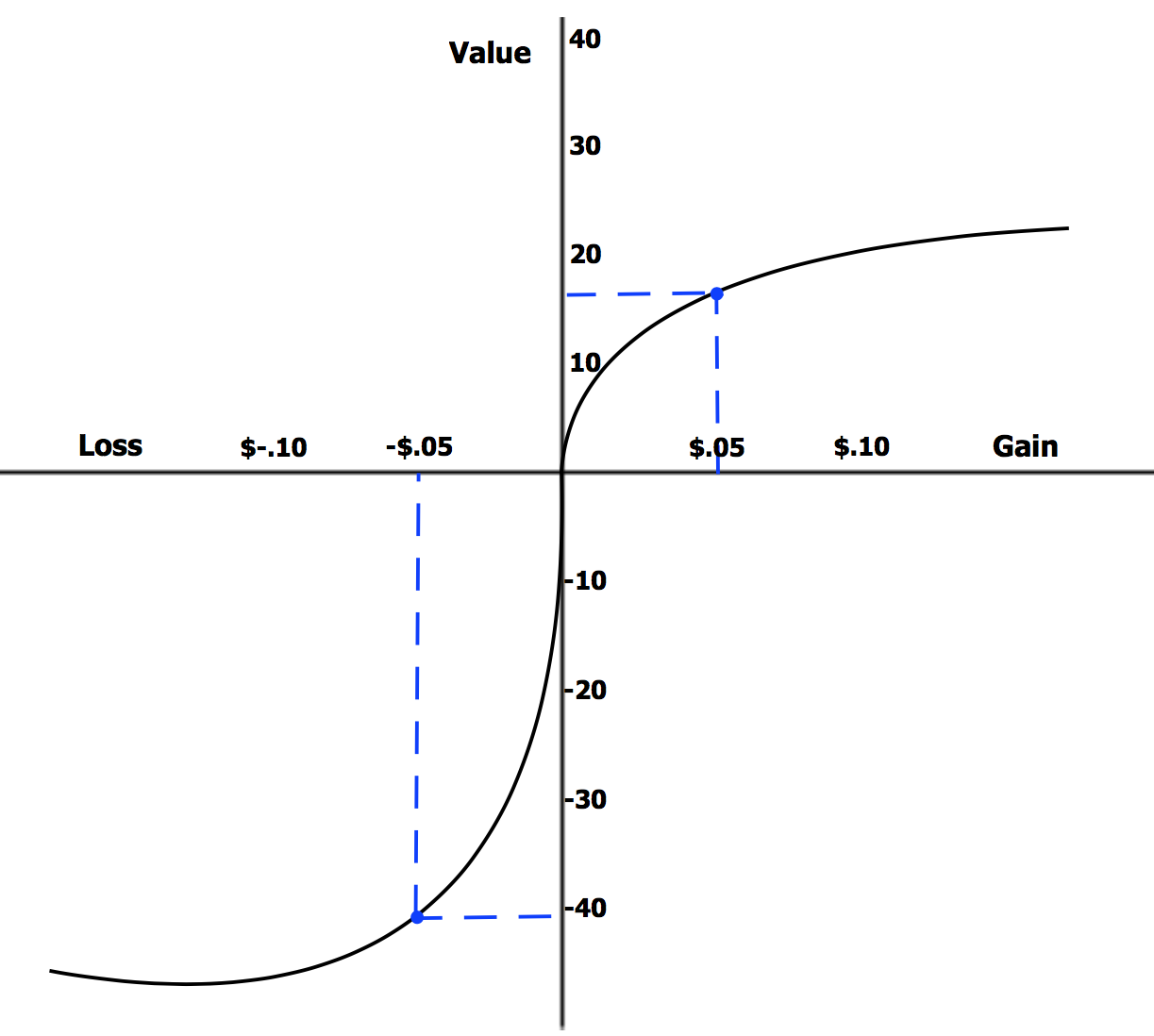The power of free and detriment of loss aversion
December 1, 2021•424 words
Reading time: 2 min
What is the power of free?
If you were offered, for free, a single Lindt Truffle (a round chocolate shell with soft chocolate truffle filling inside) versus a single Hershey's Kiss (a smaller, harder chocolate), which would you choose?
If you are familiar with both chocolates, you would most likely choose the Lindt Truffle. Most would consider a Lindt Truffle to be of higher value than a Hershey's kiss.
In an experiment (see Shampanier et al., 2007), when given the option between these chocolates, at the given price:
Lindt Truffle ($0.14) or Hershey's Kiss ($0.01)
Significantly more people chose Lindt Truffles over Hershey's Kiss.
However, when the cost of both were decreased equally by $0.01:
Lindt Truffle ($0.13) or Hershey's Kiss (free)
Significantly more people chose Hershey's kiss over Lindt Truffles.
Despite the difference in cost staying the same, such that the cost-benefit difference between a Lindt Truffle and Hershey's kiss theoretically staying equal, people's preference switched to the free option.
This is irrational- in the subject's thought process, the value of Hershey's Kiss must have increased purely because it became free. As such, something that becomes risk-free due to becoming free not only decreases cost, but apparently gets an increase in value as well. This is related to how humans are generally loss averse- we hate losing value.
For example, we generally view losing $0.05 as a greater loss in satisfaction (or simply happiness) than the satisfaction we would gain from getting $0.05 (see Prospect Theory). As such, we prefer to avoid loss at all costs, even if our lower-risk option makes us produce suboptimal results.
 Source. Loss of $0.05 results in a much greater value loss than the gain from getting $0.05.
Source. Loss of $0.05 results in a much greater value loss than the gain from getting $0.05.
This puts us at odds with the idea of maximising your 'luck' via going for as many opportunities as possible. We would prefer to avoid opportunities just because of the risk of loss involved (risk of failure).
By becoming aware of our intrinsic loss aversion mindset, we can become more accepting of the risk associated with taking more opportunities in life, and become more willing to put ourselves out there to maximise our surface area for luck to flourish.
Kahneman, D., & Tversky, A. (1979). Prospect Theory: An Analysis of Decision under Risk. Econometrica, 47(2), 263–291. https://doi.org/10.2307/1914185
Shampanier, K., Mazar, N., & Ariely, D. (2007). Zero as a Special Price: The True Value of Free Products. Marketing Science, 26(6), 742–757. https://doi.org/10.1287/mksc.1060.0254
An interesting book detailing more cases like this: Predictably Irrational by Dan Ariely.